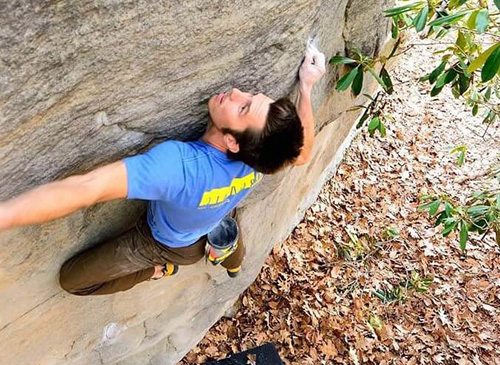
Long known for their work in security and military technology, ARL also advances tech in other industries. ARL used their anechoic chamber to help PA guitar-maker C.F. Martin & Co. improve their instruments’ sound.
The Penn State ARL was developed in 1945 – in the wake of World War II – by Dr. Eric Walker and 100 engineers from Harvard University. During the war, Dr. Walker had been appointed associate director of Harvard’s Underwater Sound Laboratory — which was one of President Franklin Delano Roosevelt’s National Defense Research Committee initiatives. Walker’s main task was developing a homing torpedo. As the war was ending, Harvard closed the llab, leading Dr. Walker and his employees to State College.
Today, the lab is best known for major innovations in national security and military technology, but it also conducts projects that improve quality of life and other industries. Here are four of Penn State ARL’s most notable achievements, including one that doesn’t fit the military mold..
A multi-billion dollar partnership
In March 2018, the U.S. Navy awarded ARL the largest research contract in the university’s history — worth as much as $2.1 billion over 10 years — to conduct research and development to improve U.S. national security.
And just two months ago, the Penn State ARL won a potential five-year, $50 million contract from the U.S. Navy to operate and manage a center of excellence that focuses on developing and transitioning naval platform-related manufacturing technology to the industrial sector. Under the contract, PSU ARL will also manage, operate, sustain and enhance the Electro Optics Center in Freeport, Pennsylvania, and its ability to function as an Office of Naval Research ManTech Center of Excellence. Work is expected to be completed by Aug. 12, 2026.
High-Speed Water Tunnel
The Garfield Thomas Water Tunnel, named after one of the first Penn State graduates to die in World War II, was built in 1949 with the cooperation of the United States Navy. At the time, it was the largest high-speed water tunnel in the world, designed to test torpedoes, submarine hulls and propulsion systems. It cost nearly $2 million to construct and, more than seven decades later, it remains the centerpiece of much of ARL’s research.
“And just two months ago, the Penn State ARL won a potential five-year, $50 million contract from the U.S. Navy to operate and manage a center of excellence that focuses on developing and transitioning naval platform-related manufacturing technology to the industrial sector.”
The Garfield Thomas Water Tunnel is a 48-inch-diameter, closed-circuit, closed-jet water tunnel used for a variety of tests: steady and unsteady forces and moments, optical flow field surveys, pressure distributions, cavitation performance, noise and vibration measurements, flow visualization, torque and thrust.
High-Tech Replacement for Humvees
The Joint Light Tactical Vehicle (JLTV), designed to replace the Humvee for the U.S. Army and Marine Corps, contains a variety of high-tech systems. The JLTV provides the warfighter significantly more protection against multiple threats, while increasing mobility and payload compared to the current armored Humvee. Its maneuverability enables activities across the spectrum of terrain, including urban areas, while providing inherent and supplemental armor against direct fire and improvised explosive device threats.
PSU ARL engineers are now working on predictive maintenance and fleet management technologies for the JLTV.
The Science of Sound
In collaboration with the College of Engineering’s graduate acoustics program — which offers the only PhD in acoustics in the country — ARL has worked with Pennsylvania-based guitar-maker C.F. Martin & Co. to help improve their instruments’ sound.
Martin Guitar is an iconic sixth-generation family business, whose guitars have been played on some of the most famous and popular recordings from artists like Hank Williams, Elvis Presley, Bob Dylan and John Lennon. The team at ARL worked with Martin Guitar to develop a method to analyze acoustic properties of guitars and components, to understand the science behind the variance in sound produced by different guitars and guitar components.
Martin representatives brought several of their high-end guitars to ARL’s anechoic chamber, a sound-dampened room ordinarily used for testing submarine and aircraft components. The ARL team wired the instruments with shakers and sensors, buzzed them with white noise and rapped them with force hammers, carefully measuring the ensuing vibrations. The data they collected established a “vibro-acoustic fingerprint” for each guitar.






